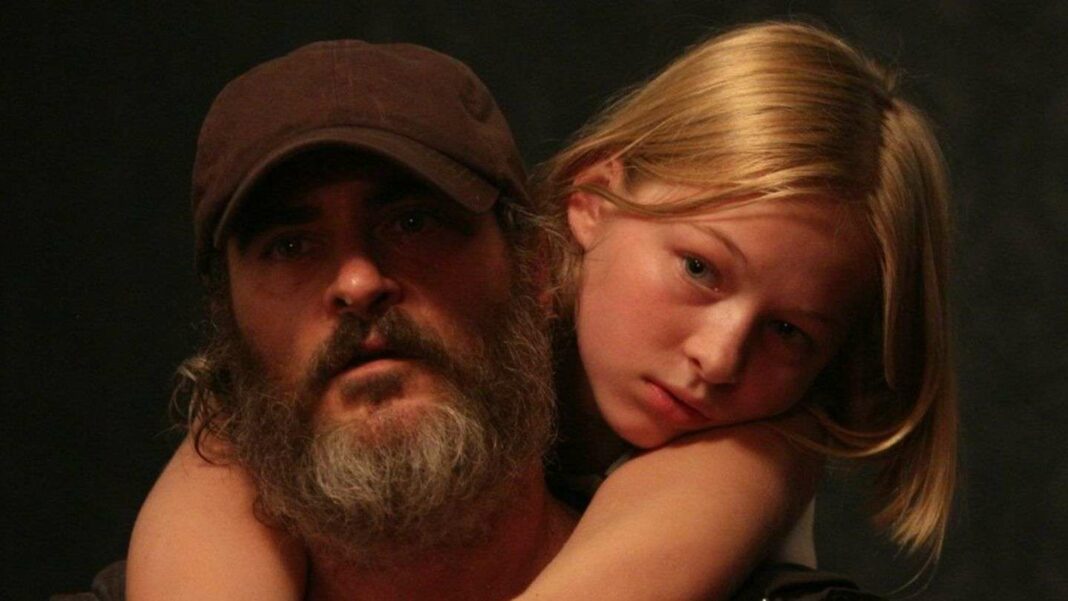‘A Beautiful Day’ makes its free TV debut, eliciting mixed reactions from viewers. The film follows Joe, a war veteran on a violent quest to rescue Senator Votto’s missing daughter, Nina, from a human trafficking ring. Director Lynne Ramsay conveys intense themes of violence and redemption through suggestive imagery and fragmented storytelling. While the film shares stylistic similarities with classics like ‘Taxi Driver’, its unique approach invites deeper engagement, appealing to those who appreciate narratives exploring dark societal issues.
As ‘A Beautiful Day’ finally makes its debut on free TV after nearly seven years, viewers are likely to have one of two reactions: either an eager anticipation to watch or a firm reluctance to tune in. This film evokes memories of the intense build-up to violence found in classics like ‘Drive’, ‘Taxi Driver’, and ‘Oldboy’. Each side of the audience has valid points, as both the gripping tension and stylistic storytelling are present in this cinematic piece.
The Journey of Redemption and Violence
The plot centers around a young girl named Nina, who has gone missing. She is the daughter of New York Senator Albert Votto, who is frantic with worry and suspects that his child is entangled in a human trafficking network. War veteran Joe, portrayed by Joaquin Phoenix, embarks on a harrowing mission to rescue her. As he navigates a dark world filled with corruption and vengeance, the question looms: Will this journey lead Joe to an awakening from his troubled past?
Joe’s quest unleashes a torrent of violence in his path. When he finally tracks down Nina and attempts to save her from her captors, a new struggle begins. An unknown yet powerful adversary is determined to reclaim her, willing to employ brutal tactics, much like Joe himself.
Moral Dilemmas: The Cost of Justice
Through Joe’s character, audiences witness the profound struggles of a deeply scarred individual, brought to life with remarkable authenticity by Phoenix. His upbringing was marred by violence, from the brutality faced at home to the horrors encountered on the battlefield. Each traumatic experience has shaped his understanding of justice, leading him to believe that the ends might justify the violent means.
Interestingly, Phoenix received an Oscar for his role in ‘Joker’, a character who bears a striking resemblance to the violent path Joe treads in ‘A Beautiful Day’, yet the latter film has not achieved the same recognition. A striking visual motif in the film is Joe’s use of a hammer as a tool for retribution, evoking memories of iconic scenes from ‘Oldboy’ and ‘Drive’. Despite its similarities, ‘A Beautiful Day’ stands out by depicting violence through suggestion rather than explicit imagery.
Artistic Interpretation: A Unique Cinematic Experience
Director Lynne Ramsay skillfully employs cinematic techniques to convey extreme violence without directly showing it. For instance, pivotal moments are captured through surveillance footage that cuts away before the act of violence, returning only to reveal its devastating aftermath. By focusing on the consequences rather than the actions, Ramsay challenges viewers to engage their imaginations, which can often be more powerful than the visuals themselves.
Furthermore, audiences are invited to interpret Joe’s backstory through fragmented, visual hints rather than straightforward narration. This approach can create a rich tapestry for those willing to delve deeper into the character’s psyche, though it also risks leaving some viewers feeling disconnected or confused by the narrative structure.
Final Thoughts
Will ‘A Beautiful Day’ provide a gratifying viewing experience? It ultimately depends on the viewer’s appetite for its dark themes. Much like ‘Taxi Driver’, which continues to evoke strong opinions, Ramsay’s film is likely to resonate with those who appreciate a thoughtful exploration of societal issues through a lens of violence and redemption.
